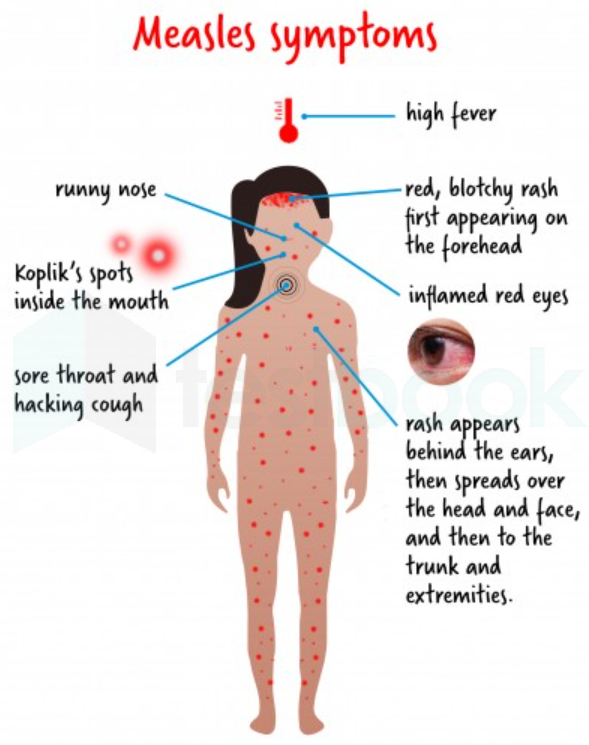India Launches Campaign to Eradicate Measles-Rubella by 2026
India Launches Campaign to Eradicate Measles-Rubella by 2026
Why in the News ?
India has unveiled its National Zero Measles-Rubella Elimination Campaign 2025–26 amid World Immunization Week, aiming for countrywide two-dose vaccine coverage. Health Minister J P Nadda emphasized zero-case districts and urged stakeholder participation to achieve elimination of both diseases by 2026.
Highlights of the Campaign :
- The National Zero Measles-Rubella Elimination Campaign 2025–26 was launched virtually on April 24, coinciding with World Immunization Week.
- Health Minister J P Nadda set the objective of 100% immunization, administering two free MR doses to every eligible child.
- India’s target is elimination of Measles and Rubella by 2026, reinforcing its commitment under the Universal Immunisation Programme (UIP).
Implementation Strategy
- Two-dose schedule under UIP: first at 9–12 months, second at 16–24 months, free of cost.
- Jan Bhagidari drives: States to hold public and press meetings; MPs, MLAs, Panchayat heads to lead grassroots outreach.
- Micro-planning: Mapping high-risk pockets and executing door-to-door and school-based vaccination campaigns.
- Monitoring & Safety: Dedicated digital tracking of coverage and adverse events following immunization (AEFIs), plus a 24/7 helpline.
- District task forces: Monthly reviews of immunization data to identify gaps and deploy rapid-response teams.
Progress & Disease Profile
- 332 districts reported zero Measles cases, and 487 districts reported zero Rubella cases from January to March 2025.
- In 2024, India achieved a 73% reduction in Measles and a 17% decline in Rubella cases versus 2023.
- Measles and Rubella—highly contagious viruses—cause severe illness, lifelong complications, and can be fatal without vaccination.
- The two-dose MR vaccine confers lasting herd immunity, critical in breaking transmission chains.
- Ongoing surveillance, strengthened laboratory networks, and community health worker training will sustain elimination efforts.




